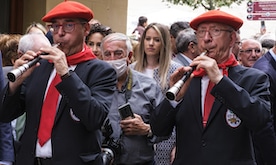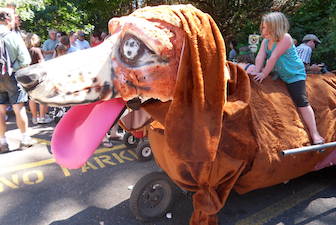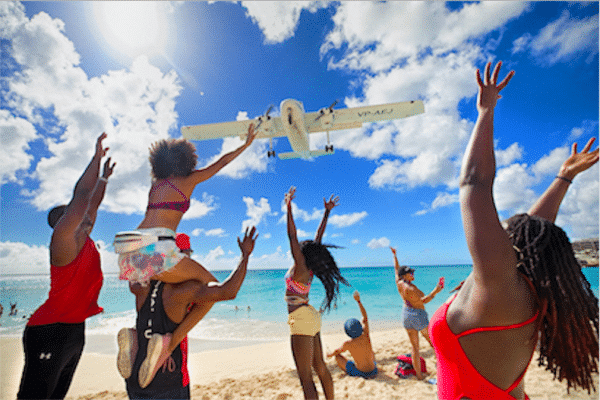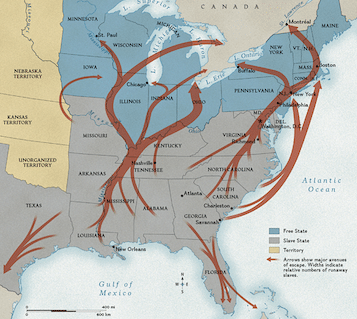Relics, Miracles, and Faith Light the Way Along Spain’s Camino de Santiago
It was pure good fortune that enabled me to arrive in Santo Domingo de la Calzada on the feast day of Saint Dominic. I was hiking west along the Camino Frances, en route to Santiago de Compostela, when I saw people gathering in front of the cathedral for a procession that gradually wound its way through the old town on streets lined with spectators. Young men in medieval costumes performed traditional folk dances at points along the route. Young women in period dress marched together. Men wearing red berets played traditional melodies on flutes. The music and the dances were little changed from medieval times. I felt as if I were observing a cultural tableau dating back hundreds of years.











